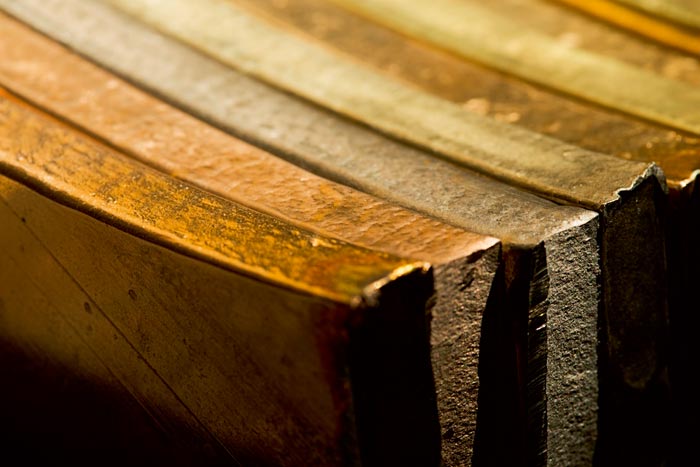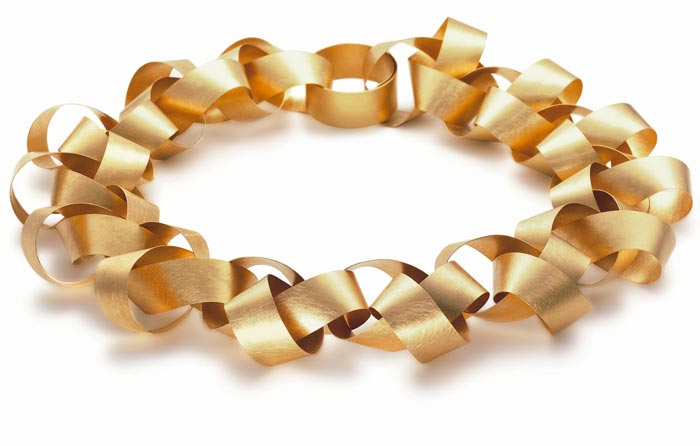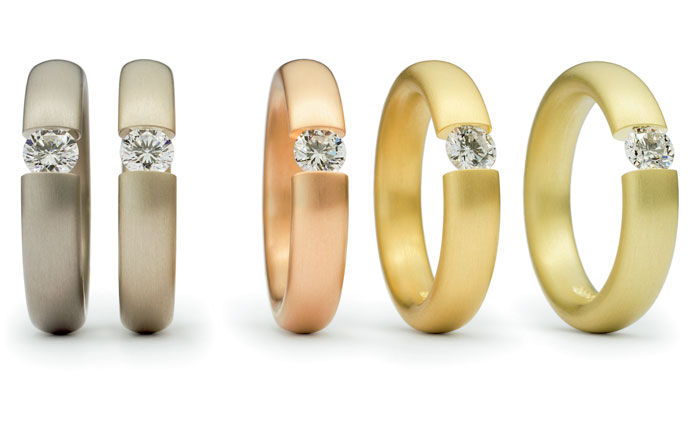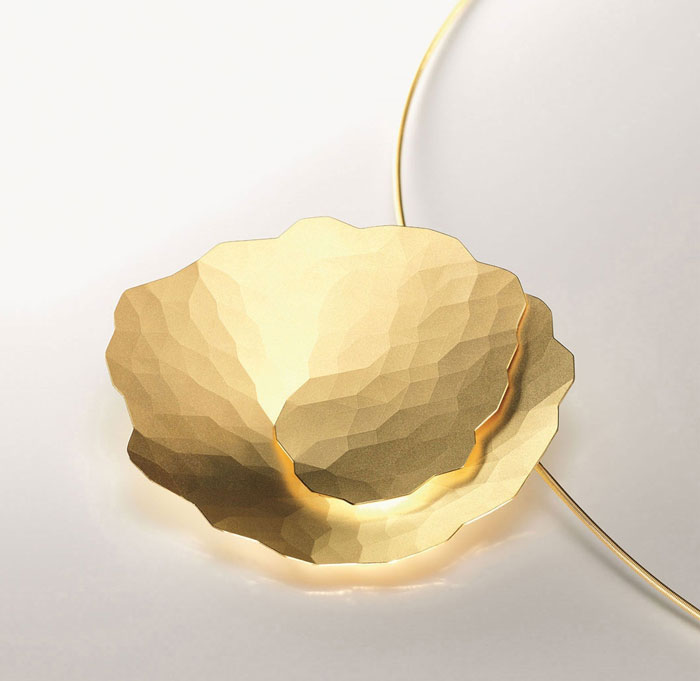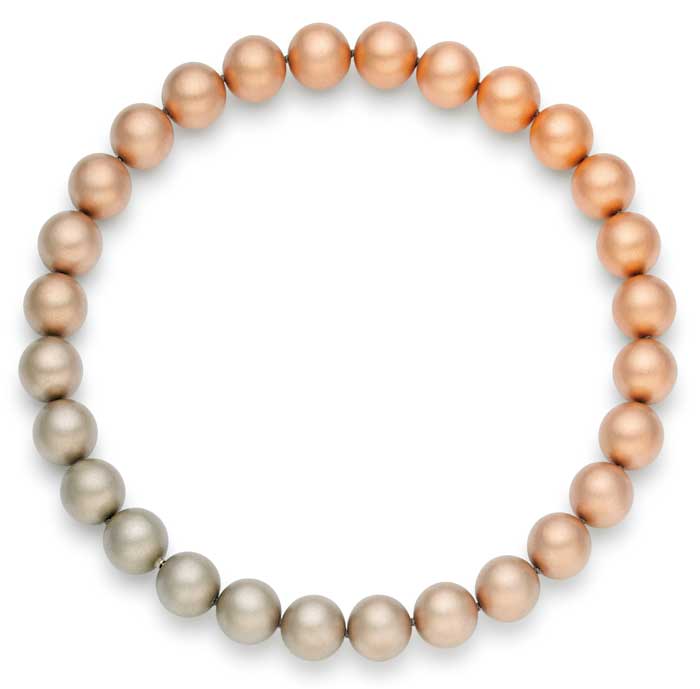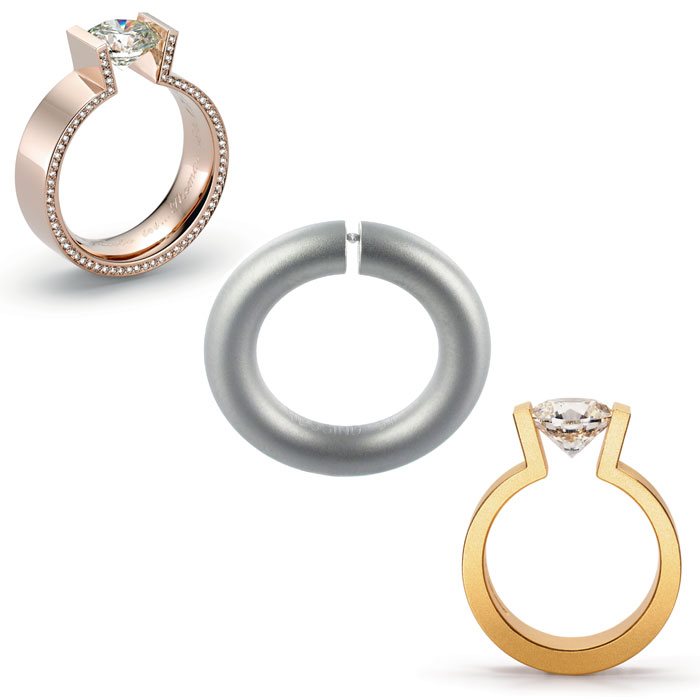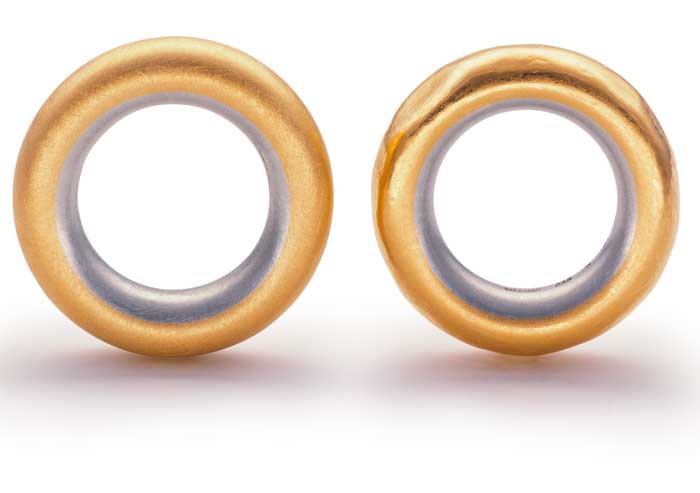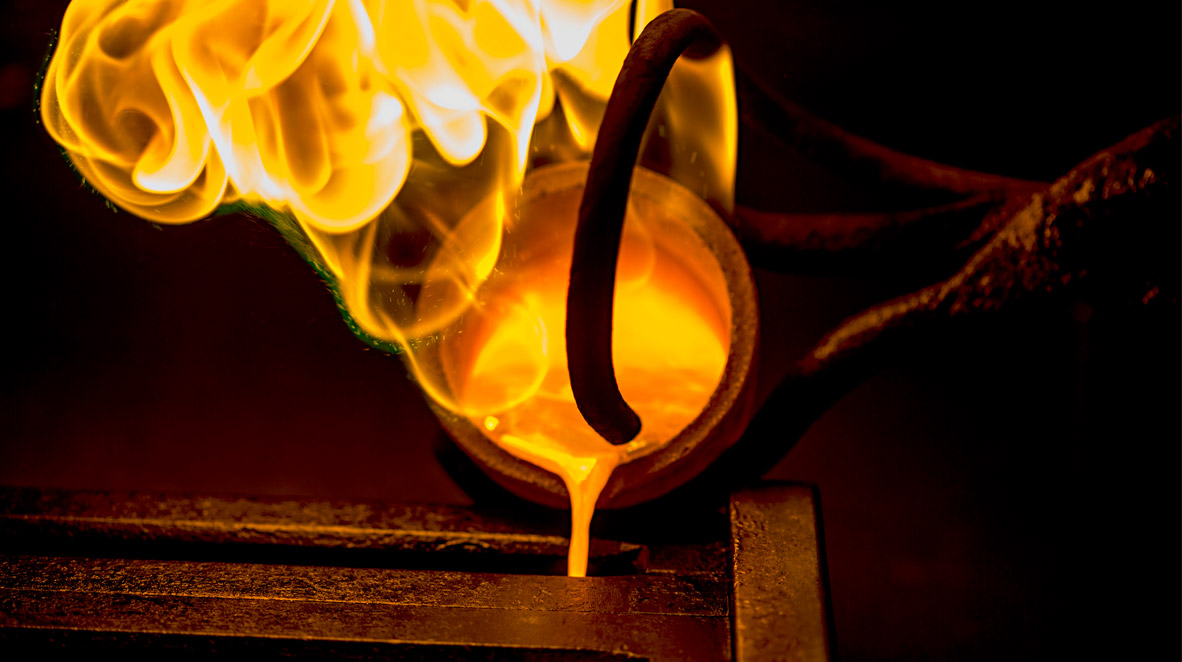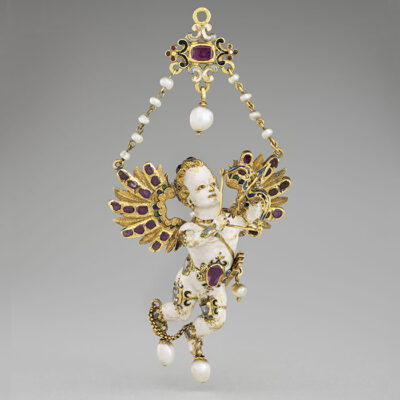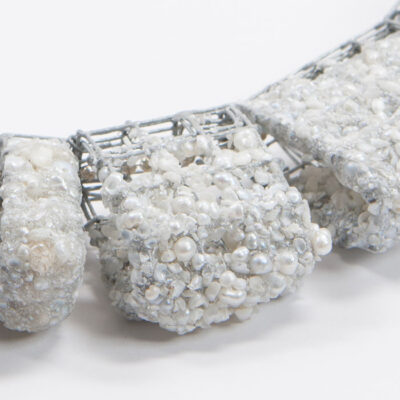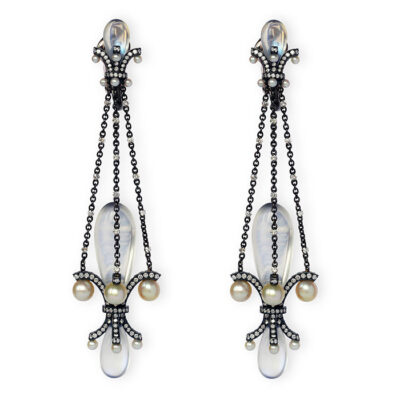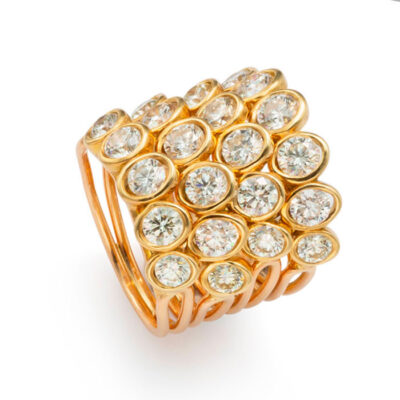Style
05 December 2018
Share
Who are Niessing?
In Paris, the Elsa Vanier gallery presents the Niessing collections. An extraordinary German jewelry brand, little known in France.
In the beginning, in 1873, Niessing produced religious objects and engagement rings. The company started up in a quiet little provincial town on the Dutch border. It was then developed by the founder’s daughter, Ursula Exner, and by the 1950s it was Germany’s no. 1 jeweler for engagement rings. Today, Niessing is present in 23 countries with 15 own-brand outlets. In Paris, it is exclusively distributed by the Elsa Vanier gallery.
The Niessing style
In the Seventies, shored up by a degree in applied arts and a friend in architect Max von Hausen, Ursula Exner created the Niessing style based on the Bauhaus principles: structured, minimalist lines combined with functionality. Pendants and rings are always abstract. The “Topia” pendant features a stylized leaf with laser-cut veins.The “Mirage” pendant – two thin-cut superimposed gold plaques – suggests the changing reflections of dragonfly-wing structures. With their play on light and shade,deceptively transparent solid bodies and endlessly-repeated disks, these highly graphic pieces arouse inexpressible emotion.
Incomparable alchemy
All superfluous ornamentation is banished; what offsets these minimalist lines is the chromatic play of precious metals. The perfection of a platinum ring is interrupted by a yellow gold “yoke”. Niessing excels in precious alloys (mixes of gold with copper, silver and so on), and gold comes in a dozen colors, becoming green, “ivory”, “Rosewood”, etc. Using top-secret techniques, the brand produces subtle shades of colored gold. With the “Iris” pendant and “Aura” necklace, the precious metal changes from red to grey, then to pink and yellow; yellow transforms into beige, then grey, then back to yellow. Everything is flawless. The result evokes the glowing tinges of a sunset, or a subtle silk print.
The invention of the “Tension” setting
Niessing uses no precious stones apart from diamonds, for which it has developed the “Tension” setting. Instead of enclosing the stone in metal, detracting from its brilliance, Niessing holds it between the two ends of a split ring. The effect is striking: it seems to hang in space, floating in mid-air… “Only diamonds can tolerate the power of tension in this way, provided they are rather pure, without too many flaws: otherwise they shatter,” says Elsa Vanier. Since its invention in 1980, the “Tension” setting has been used in ten models, and is now in the collections of New York’s MOMA.
One particular piece embodies the Niessing style with its perfect meld of graphics, technical skill and that indescribable “something”: the platinum “Performance” ring, coated with a thin skin of yellow gold, which picks up traces of life as the ring is worn. Infinitely moving.
Related articles:


